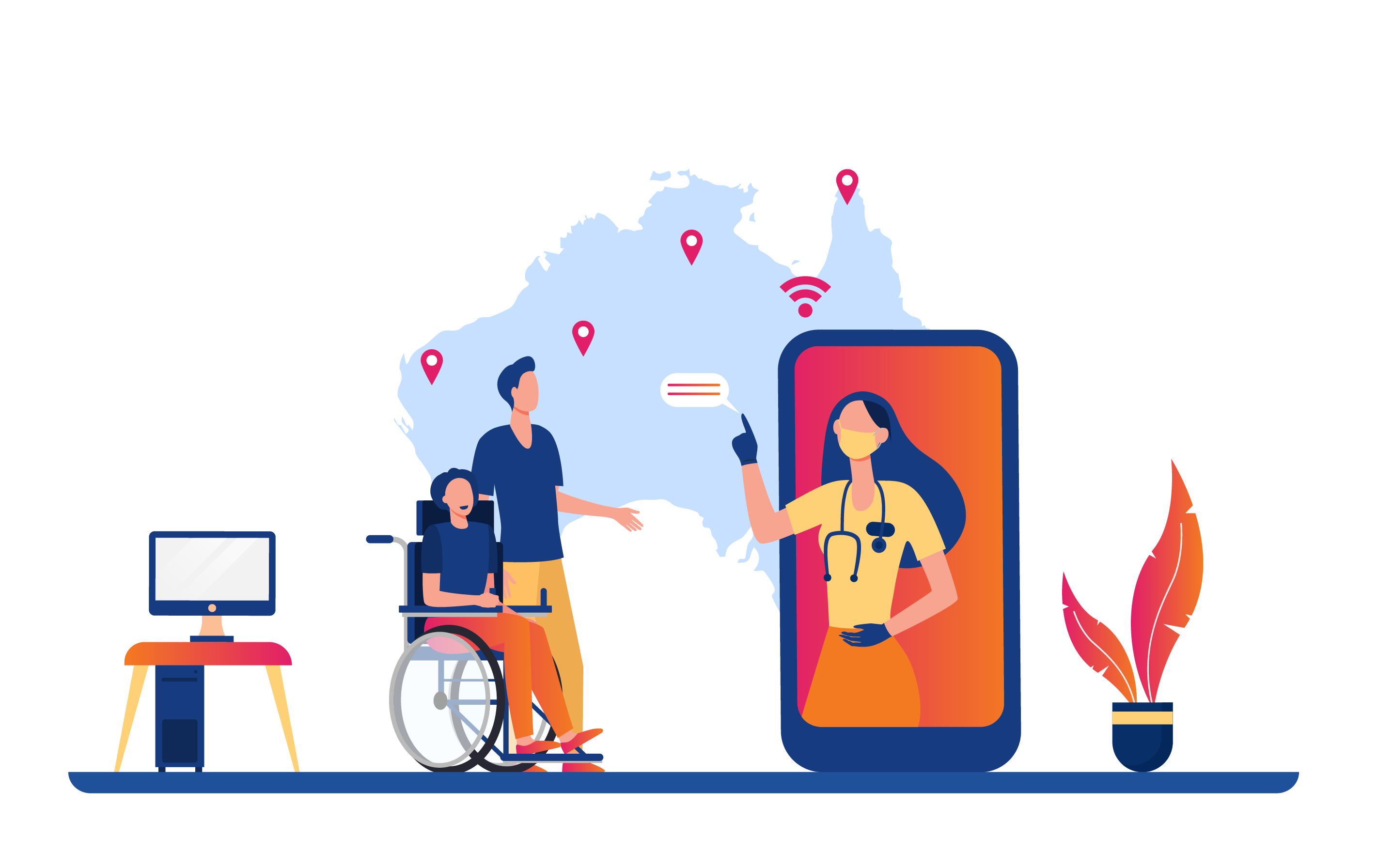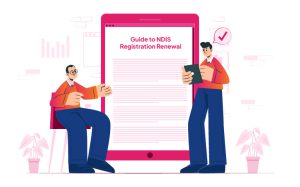14 October, 2024
Regional and Remote NDIS Support: Closing the Gap on Disability Services Across Australia
NDIS
7 min read

In Australia, disability services are essential to ensuring that individuals with disabilities receive the assistance they require to live happy, meaningful lives. Nonetheless, there is still a large disparity in accessibility and service availability between metropolitan areas and rural, remote, and regional areas of the nation, despite the efforts made by NDIS Australia (National Disability Insurance Scheme). To guarantee that every Australian, wherever they may be, has access to Disability Services Australia’s excellent standards, this inequality must be addressed. We will discuss the difficulties experienced by disabled individuals living in rural and distant locations, the programs being put in place to bridge the gap, and how technology—such as RotaWiz—can enhance NDIS Support in this blog.
The Current Landscape of Disability Services in Regional and Remote Australia
Key Challenges in Delivering NDIS Support to Regional and Remote Areas
Initiatives to Improve NDIS Support in Regional and Remote Areas
Recognizing the need to close the gap in Disability Services across Australia, the Australian government and various organizations have launched several initiatives to improve access to NDIS Australia services in regional and remote areas.
- Outreach Initiatives: Several outreach initiatives have been put in place to provide disability services to outlying areas. These initiatives frequently require medical personnel to go to nearby regions to offer on-site services, which minimizes the need for people to make lengthy trips. Additionally, outreach programs are vital in providing those who might not otherwise receive them with necessary therapies, evaluations, and support.
- Developments in digital solutions and telemedicine are contributing to the improvement of NDIS support. With telehealth, people in rural and isolated locations can speak with doctors virtually and receive evaluations, treatment sessions, and consultations from the comfort of their own homes. By automating processes like rostering, invoicing, and service coordination, digital tools like the RotaWiz software simplify the administration of Disability Services Australia. This technology frees up healthcare providers from the burden of handling paperwork so they may concentrate on providing high-quality treatment.
- Incentives for Healthcare Professionals: The Australian government has implemented incentives to entice healthcare professionals to work in regional areas to solve the scarcity of workers in these areas. These incentives could be in the form of cash bonuses, help with moving, or chances to advance professionally. The government wants to boost the number of specialists working in rural and distant locations to provide additional Disability Management Services.
- Community-Based Approaches: These methods of assisting people with disabilities have shown to be successful in certain areas. These methods entail educating locals to offer fundamental disability services, guaranteeing that people with impairments may find assistance in their neighborhoods. This concept promotes inclusivity and a sense of community in addition to giving locals job opportunities.
The Role of Technology in Closing the Gap
Looking Forward: A Vision for Equitable Disability Services Across Australia
Closing the gap in Disability Services for regional and remote Australians requires a multifaceted approach. It is essential to continue investing in infrastructure, workforce development, and technology to ensure that individuals with disabilities receive the support they need, no matter where they live.
By expanding outreach programs, leveraging telehealth and digital solutions, and offering incentives for healthcare professionals to work in regional areas, Australia can move closer to providing equitable NDIS Support for all. Moreover, as technology continues to evolve, innovations like RotaWiz will play a crucial role in improving the efficiency and effectiveness of Disability Management Services, ensuring that individuals in remote areas receive timely and appropriate care.
The continued cooperation of communities, service providers, and government agencies will be essential to the success of these programs in the years to come. Together, we can guarantee that every Australian, wherever they may be, gets access to the first-rate disability services they are entitled to.
End Note
The gap in NDIS Support between urban and regional/remote areas is a pressing issue that needs continuous attention and action. While there are significant challenges in providing Disability Services Australia across such a vast and diverse landscape, the initiatives in place and the contribution of technology provide hope for a future with greater equity. We can narrow the gap and guarantee that all Australians with disabilities receive the assistance they require to enjoy life to the fullest by carrying out outreach activities, utilizing telemedicine, and developing cutting-edge solutions like RotaWiz.
We can significantly improve the lives of people with disabilities living in rural and remote parts of Australia by accepting these adjustments and continuing to work toward increasing accessibility.

Imagine a world where disability services are readily accessible, customised to meet the needs of every individual, and supported by the latest technological advances. This objective has become a reality in Australia with the establishment of the National Disability Insurance Scheme (NDIS), which has completely changed how disability services are provided.
. . .


